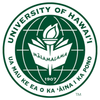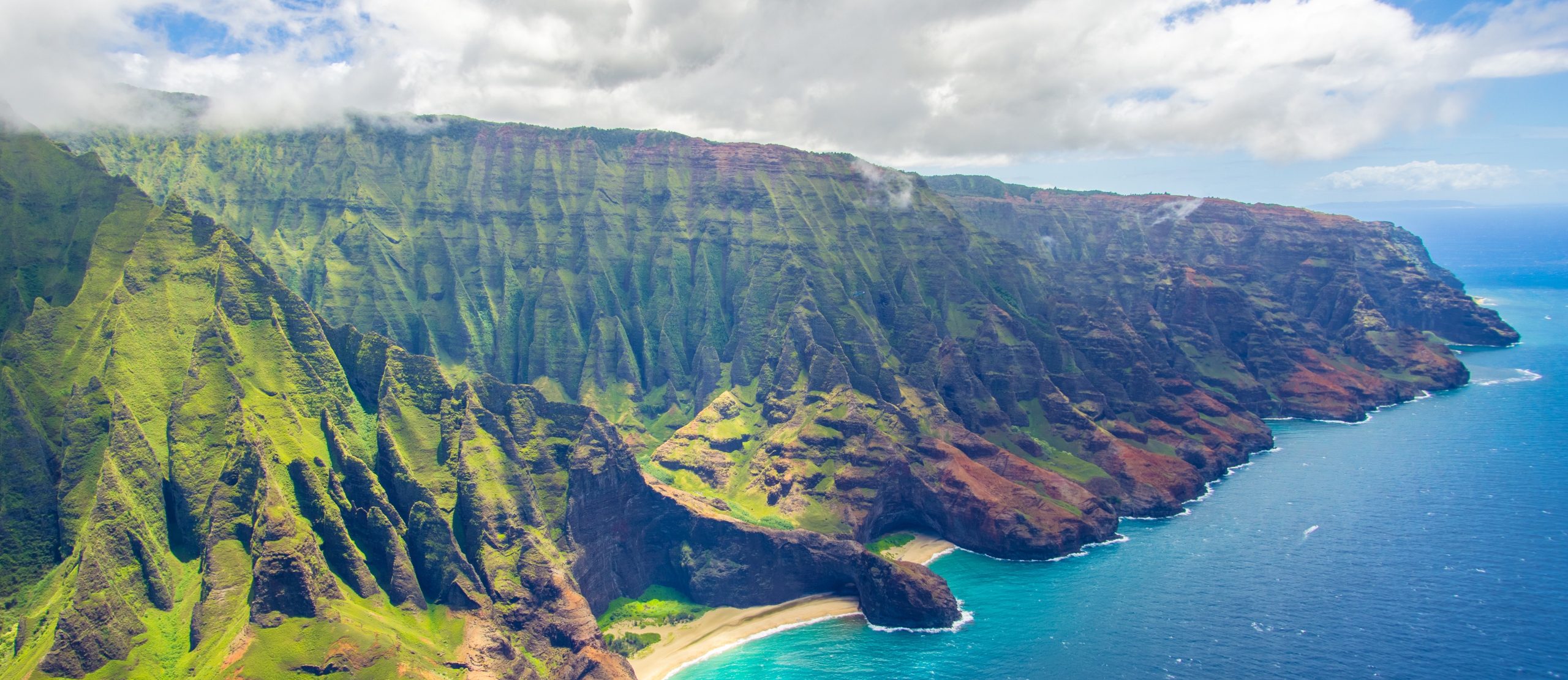Presented on October 2, 2024, by Professor Steven BusingerAtmospheric SciencesUniversity of Hawaii at Manoa Abstract This talk will provide a historical review of our understanding of the workings of the atmospheric boundary layer (ABL); that part of the lower atmosphere,
Future Climate Change Impact on Wildfire Danger over the Mediterranean
Presented on September 25, 2024, by Dr. Anastasios RovithakisPostdoctoral ResearcherConvection, Clouds, and Extremes LabDepartment of Atmospheric SciencesUniversity of Hawaii at Manoa ABSTRACT This presentation examines the impact of climate change on wildfire danger focusing over Greece through meteorological analysis and
Environmental controls on isolated convection in the Amazon: an observational and numerical modeling study
Presented on September 18, 2024, by Dr. Leandro Alex Moreira ViscardiPostdoctoral ResearcherAtmospheric SciencesUH Manoa ABSTRACT The Amazon rainforest is a vital component of the global climate system, influencing the hydrological cycle and tropical circulation. However, understanding and modeling the evolution
Applying for Federal Jobs as a Student
Presented on September 11, 2024, by Layne WashingtonHuman Resources Business AdvisorNOAA | Office of Human Capital ServicesConsulting Branch A, National Weather ServiceWestern, Pacific, and Alaska Regions ABSTRACT This presentation provides an in-depth guide to applying for federal jobs, offering insights
Understanding and Predicting El Niño and Its Impacts from Global to Coastal/Island Scales
Presented on September 4, 2024, by Dr. Fei-Fei JinProfessorAtmospheric SciencesSchool of Ocean and Earth Science and TechnologyUniversity of Hawaii at Manoa ABSTRACT The El Niño-Southern Oscillation (ENSO) phenomenon greatly modulates the global weather and climate conditions with great socio-economic implications.
Western Pacific Warm Pool precipitation and seawater stable oxygen isotopes reveal ENSO-driven changes in hydroclimate
Presented on August 28, 2024, by Dr. Nicole K. MurrayPostdoctoral ResearcherKaramperidou LabAtmospheric SciencesUniversity of Hawaii at Manoa ABSTRACT Tropical Pacific seawater and precipitation stable oxygen isotope (δ 18 O) data record distinct oceanic and atmospheric processes in a region where
Synergizing Surface Data, Lidar, UAV Profiling, and WRF Simulation
to Uncover High Pollution Stations near the Foothills of Central Taiwan Presented on May 1, 2024, by Sheng-Hsiang (Carlo) WangProfessor in atmospheric sciencesNational Central UniversityTaiwan ABSTRACT The presentation will showcase our recent research findings, which integrate surface data, UAV profiling, and WRF
Overview of Biomass-burning Spring Campaignsof the Seven South East Asian Studies (7-SEAS):Concept, results, and future perspectives
Presented on April 24, 2024, by Neng-Huei (George) LinDepartment of Atmospheric SciencesNational Central UniversityTaoyuan, Taiwan ABSTRACT Initiated in 2007, the Seven South East Asian Studies (7-SEAS) program seeks to perform interdisciplinary research in the field of aerosol-meteorology and climate interaction
Characteristics of Tropospheric Moisture Using GNSS Radio Occultation Observations from FORMOSAT-3/COSMIC-1 and FORMOSAT-7/COSMIC-2
Presented on April 18, 2024, by Dr. John J. Braun UCAR/COSMIC ABSTRACT Global Navigation Satellite System Radio Occultation (GNSS-RO) is an emerging technology for remotely sensing the Earth’s stratosphere and stratosphere. GNSS-RO missions began in the mid-90s through a proof
Origin of outer tropical cyclone rainbands
Presented on April 17, 2024, by Cheng-Ku YuProfessor and ChairDepartment of Atmospheric SciencesNational Taiwan UniversityTaipei, Taiwan ABSTRACT Outer tropical cyclone rainbands (TCRs) are a concentrated region of heavy precipitation and hazardous weather within tropical cyclones (TCs). Outer TCRs pose considerable

